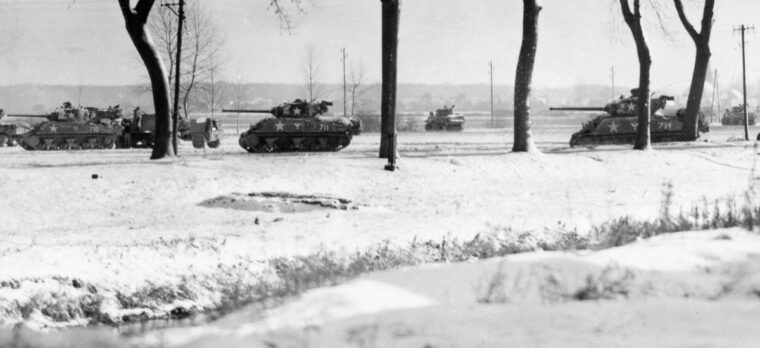
European Theater
Armored Clash in Alsace-Lorraine
By Allyn VannoyThe American light tanks, bringing up much needed supplies, were in column as they began to take fire. Read more
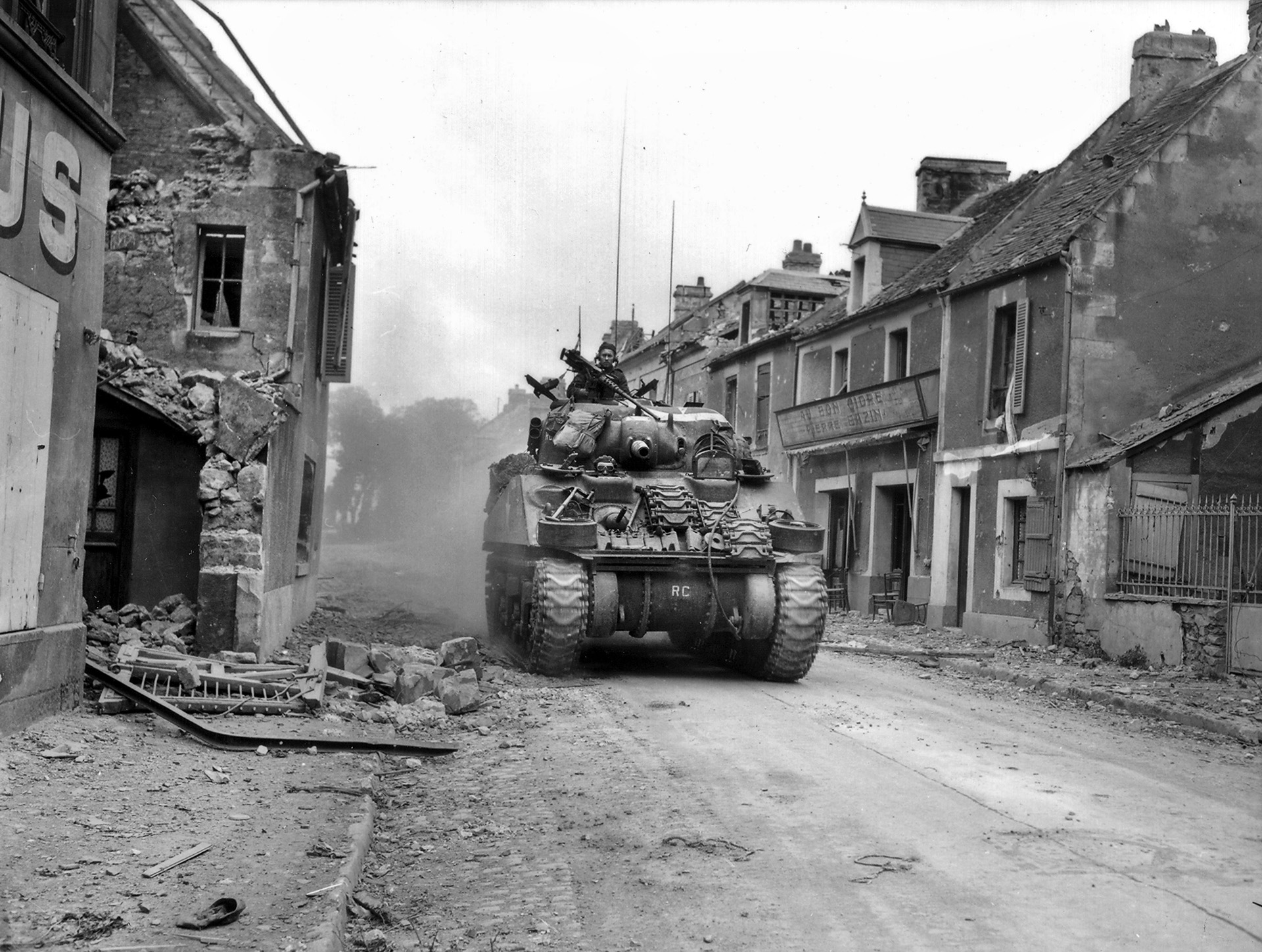
The European Theater of Operations (ETO) during World War II is generally regarded as the area of military confrontation between the Allied powers and Nazi Germany and Fascist Italy. The European Theater encompassed the Atlantic, Mediterranean, Eastern Front, Western Front, and Arctic areas of operation.

European Theater
The American light tanks, bringing up much needed supplies, were in column as they began to take fire. Read more
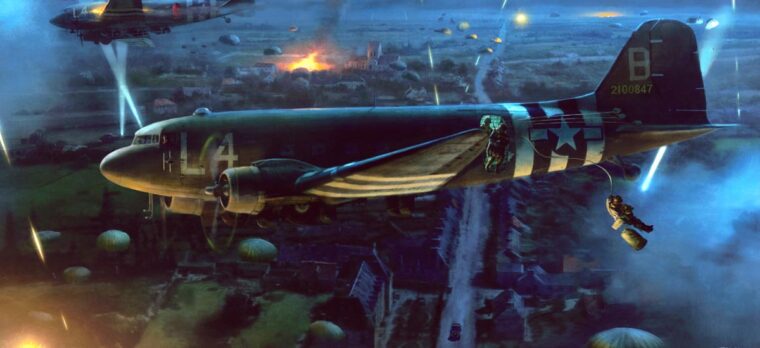
European Theater
By Elmer Wisherd with Nan Wisherd
Elmer Wisherd was born on December 1, 1920, in North Dakota. Shortly thereafter, his family moved to a farm in Bruce, Wisconsin. Read more
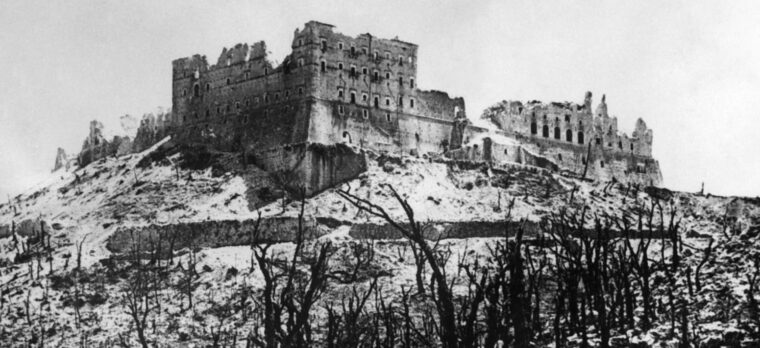
European Theater
For the thousands of Allied soldiers who had fought and suffered for so long in the shadow of the abbey of Monte Cassino, Tuesday morning, February 15, 1944, was a time of joy and celebration. Read more
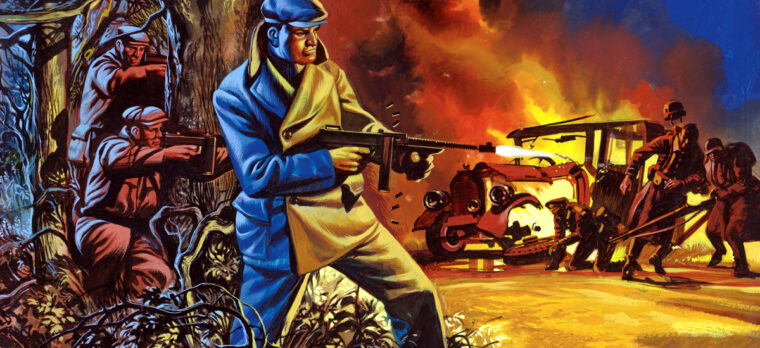
European Theater
Along with three comrades, one of the Marine Corps heroes is still remembered in the small town of Centron in southeastern France. Read more
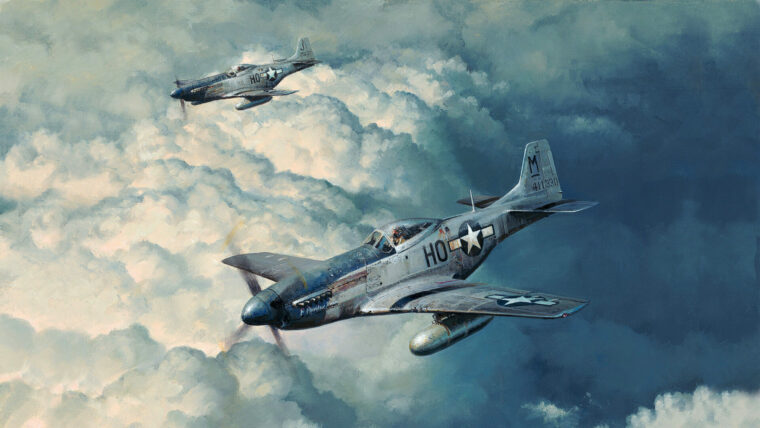
European Theater
Unlike bomber crews that went home if they survived a designated number of missions, World War II fighter pilots like Lieutenant Jim Carl, 354th Fighter Group, United States Army Air Forces (USAAF), flew until the war ended, they got shot down over enemy territory and were captured, or they died. Read more
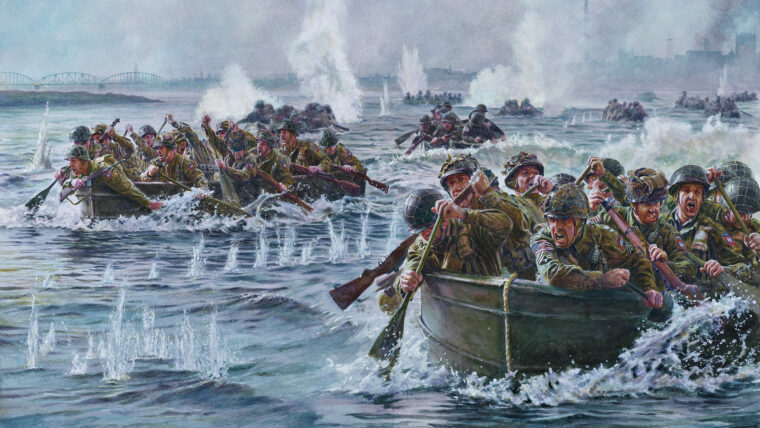
European Theater
Lieutenant Colonel Ben Vandervoort’s 2nd Battalion, 505th Parachute Infantry Regiment (2/505) was fighting its way through the Dutch town of Nijmegen on September 19, 1944. Read more
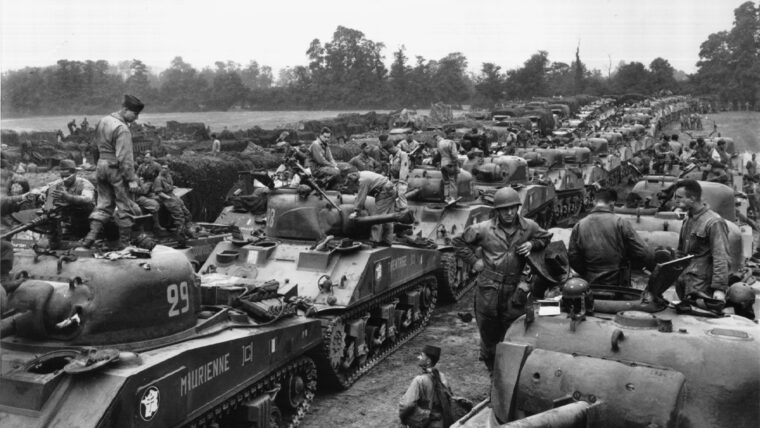
European Theater
U.S. Secretary of the Treasury Henry Morgenthau, who was attired in civilian clothing in keeping with his role as an observer for U.S. Read more
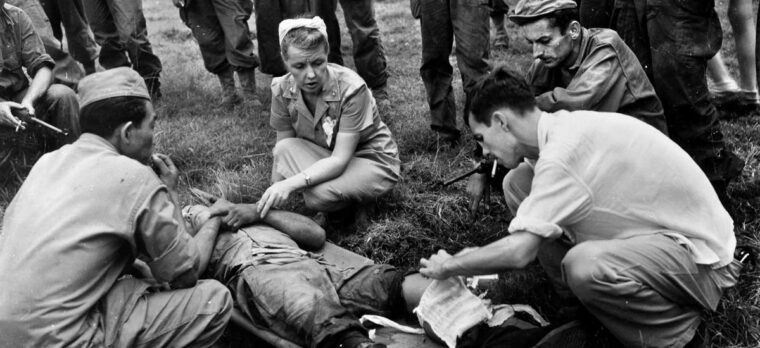
European Theater
Of the many groups that fought in World War II and have been largely forgotten in the history of that great conflict, none are more neglected than the women who served and died doing their duty alongside the men of the United States Army. Read more
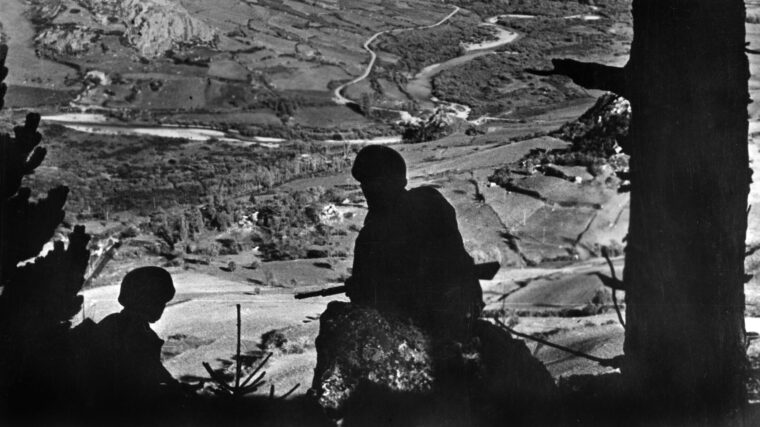
European Theater
Lt. Gen. Mark Clark’s Fifth Army, comprising the U.S. VI and British X Corps, headed north from the Salerno battlefield in September 1943, German Field Marshal Albert Kesselring, commander of Army Group C in southern Italy, implemented new defensive tactics and fortifications. Read more
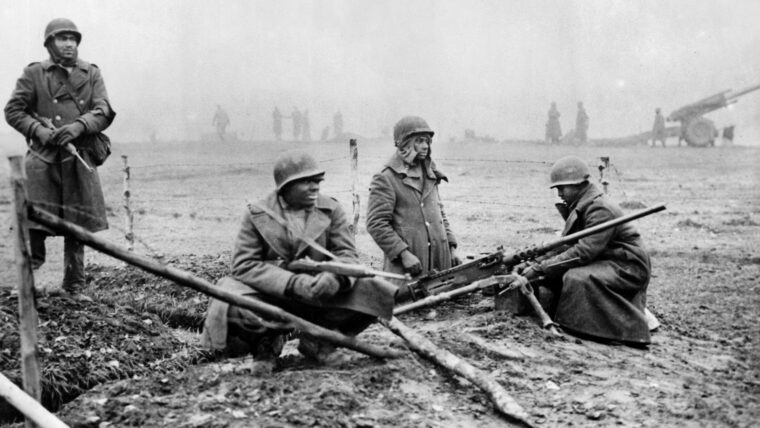
European Theater
In the winter of 1944-1945, within Belgium’s Ardennes Forest, better known as the launching pad of the Battle of the Bulge, two war crimes were committed. Read more
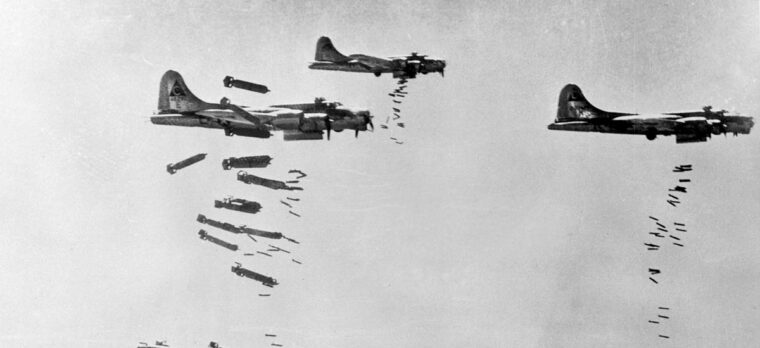
European Theater
“Our mission was Berlin. We flew in that dreaded position—last and lowest in the squadron.”
Archie Mathosian, B-17 Radio Operator, A/C #521 (Skyway Chariot), 100th Bomb Group (H), USAAF
“Last and lowest in the squadron.”These Read more
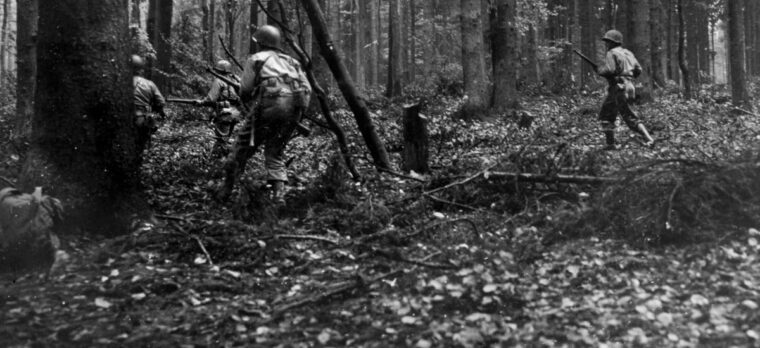
European Theater
At first, no one cared much about the forest. The objective of the First U.S. Army was the Siegfried Line, the much vaunted defensive line that protected Germany from invasion from the west. Read more
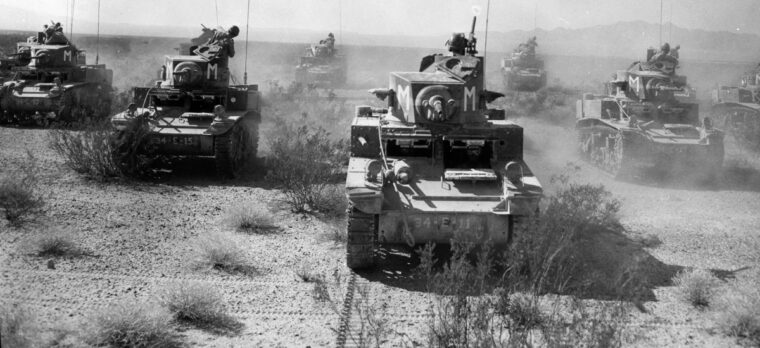
European Theater
Major General George S. Patton, Jr. had no patience for soldiers disobeying the rules of combat at his Desert Training Center in Southern California. Read more
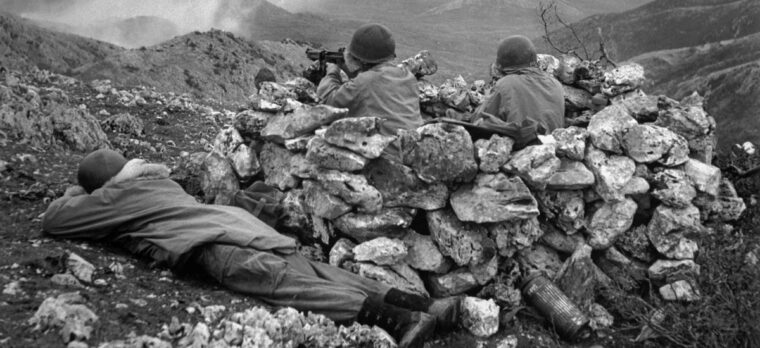
European Theater
Dusk came early as they boarded the convoy of trucks, their olive-drab forms softened by baggy trousers and heavy field jackets. Read more
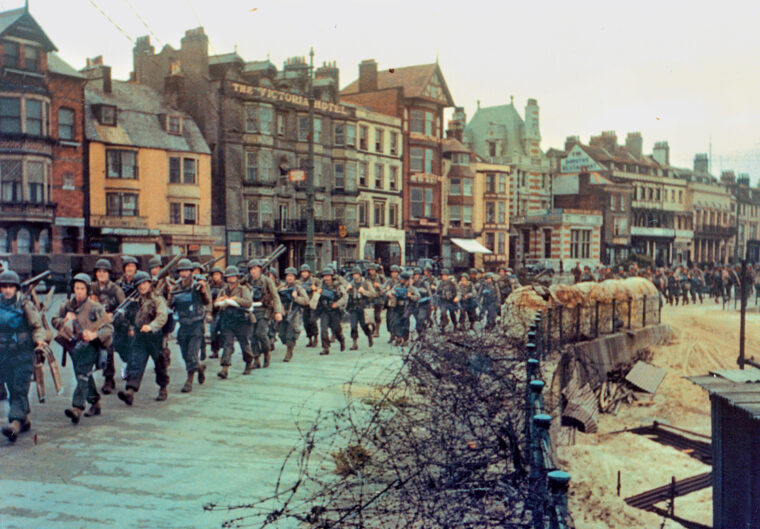
European Theater
In the early morning of June 6, 1944, LCA 668 (Landing Craft, Assault), carrying First Sergeant Len Lomell, Staff Sergeant Jack Kuhn, and most of the 2nd Platoon, 2nd Ranger Battalion, cut through the choppy, green waters of the English Channel. Read more
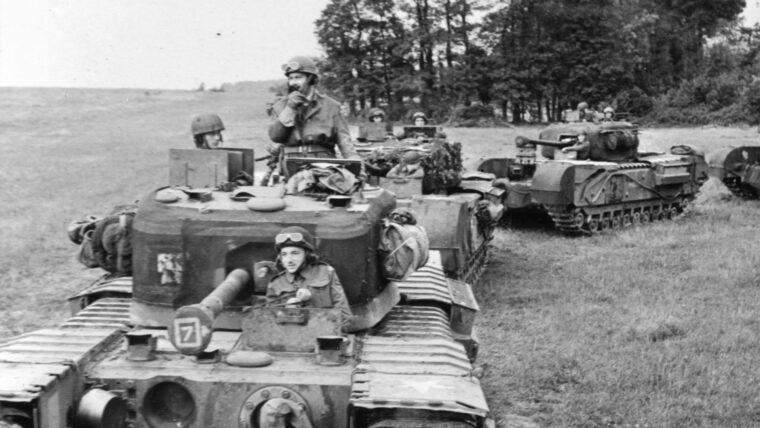
European Theater
“At Tarnopol we endured heavy Russian fire but in Normandy we were hit again and again, day after day by British artillery that was so heavy the Frundsberg [10th SS Panzer Division “Frundsberg,” named after 16th-century German knight and general Georg Von Frundsberg] bled to death before our eyes. Read more
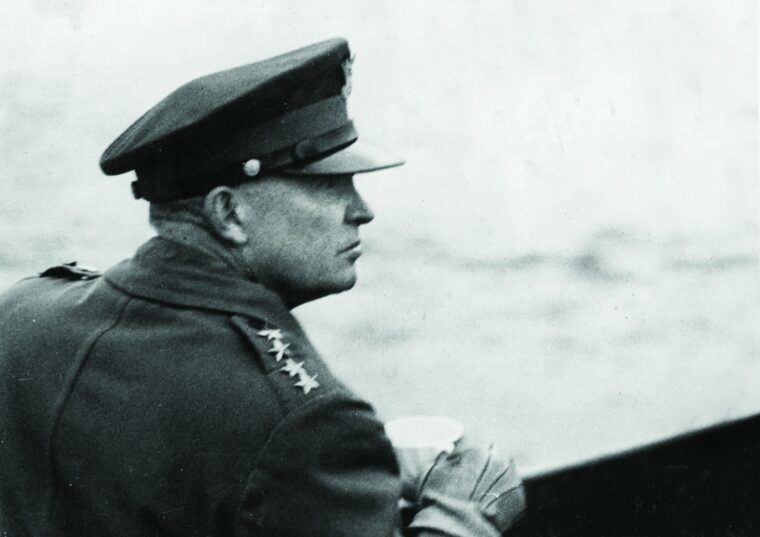
European Theater
Dwight David Eisenhower began life as David Dwight Eisenhower in Abilene, Kansas, on October 14, 1890, the third of five sons. Read more
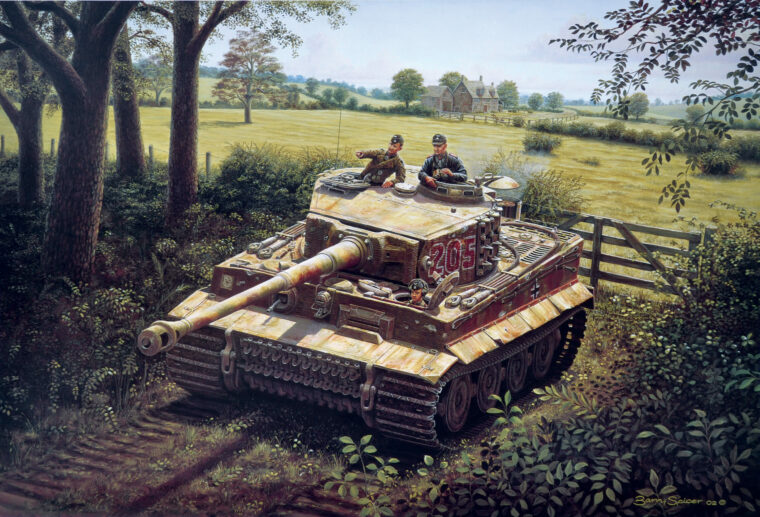
European Theater
British General Sir Bernard Montgomery was given command of two Allied armies for the invasion of Normandy: Lt. Read more
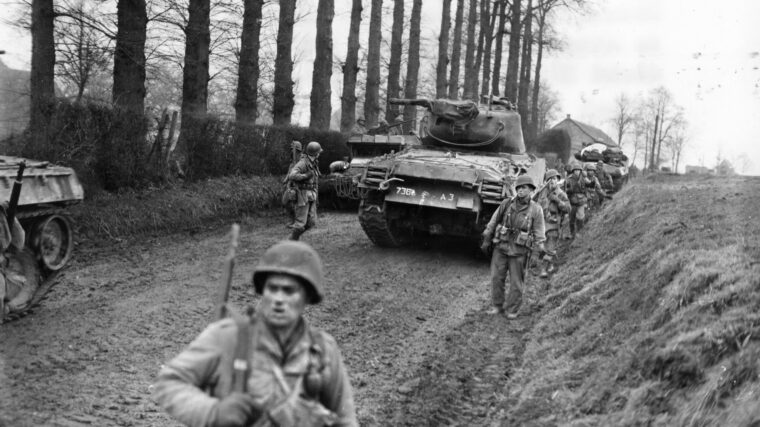
European Theater
The 83rd U.S. Infantry Division had been mobilized for World War I in September 1917. Its unit patch was a downward-pointing black triangle with the letters O-H-I-O stitched as an abstract gold monogram in the center. Read more
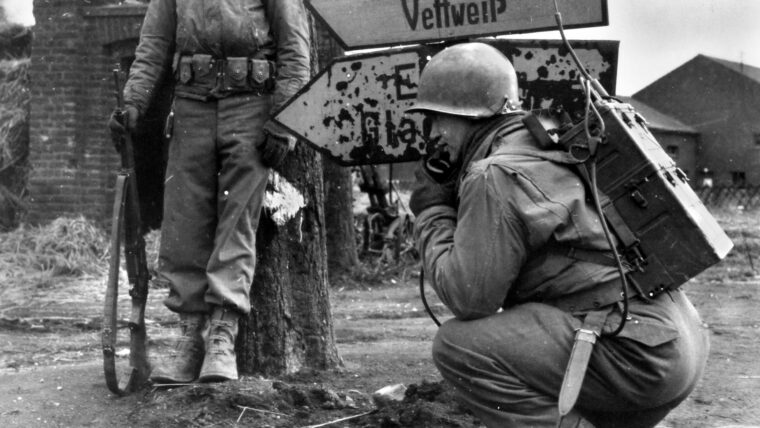
European Theater
Early in 1945, in the Northern Appenine mountains of Italy, T/5 Harvey, a radioman with the 10th Mountain Division, is carrying his WW2 radio backpack, the ever-handy SCR-300, into combat for the first time. Read more